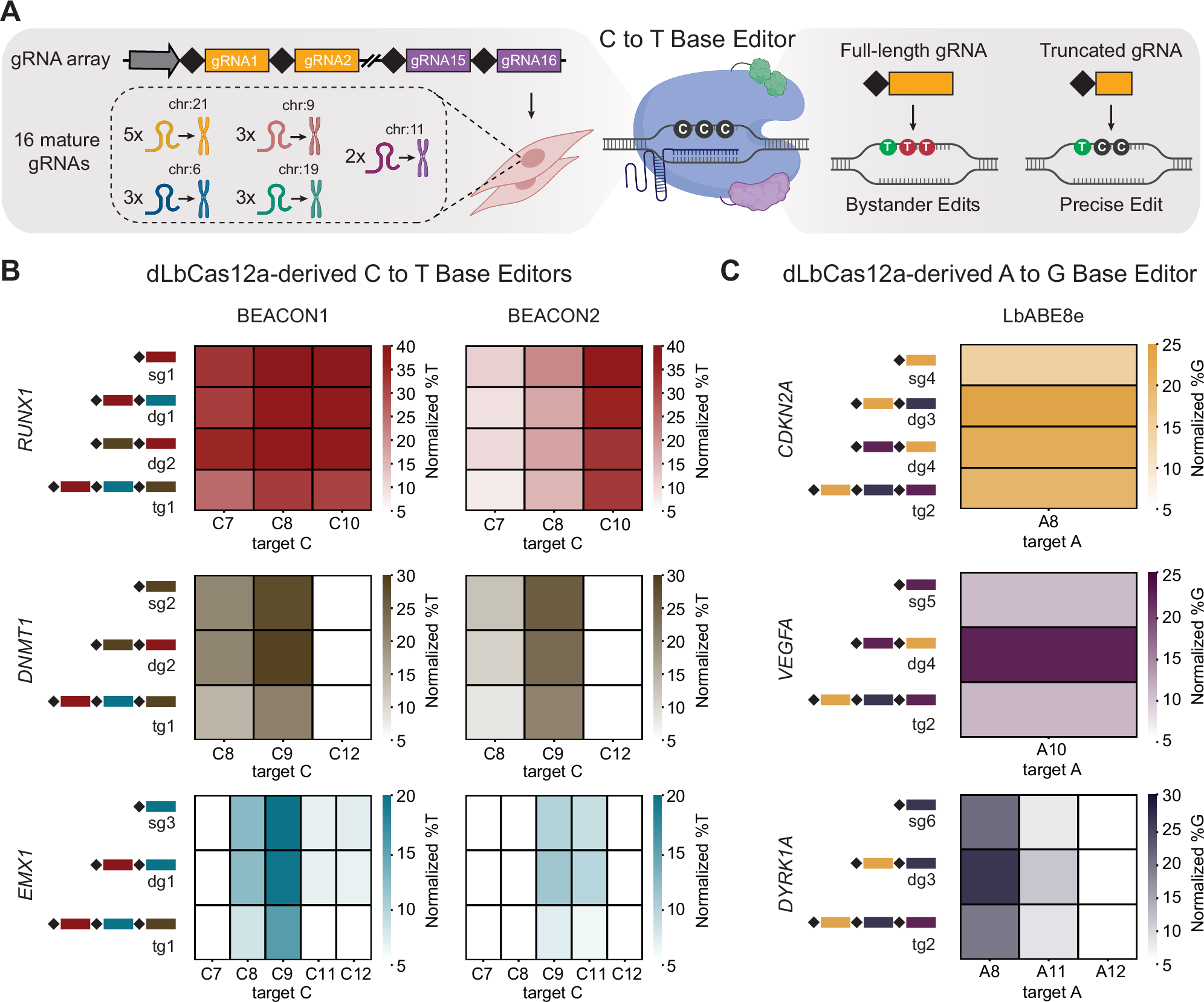2025-06-10 アリゾナ大学

The combination of artificial intelligence and wearable devices provides unlimited new opportunities to improve human health through research. Noelle Haro-Gomez/U of A Health Sciences Office of Communications
<関連情報>
- https://news.arizona.edu/news/smart-sensors-and-smarter-health-how-ai-and-wearables-are-reimagining-preventive-health-care
- https://healthsciences.arizona.edu/news/stories/smart-sensors-and-smarter-health-how-ai-and-wearables-are-reimagining-preventive-health-care
- https://www.mdpi.com/1660-4601/21/11/1491
環境はより良いのか?HRVと唾液コルチゾールバイオマーカーを用いた自然散策がストレス軽減に与える影響の定量化 Is Greener Better? Quantifying the Impact of a Nature Walk on Stress Reduction Using HRV and Saliva Cortisol Biomarkers
Shravan G. Aras,J. Ray Runyon,Josh B. Kazman,Julian F. Thayer,Esther M. Sternberg and Patricia A. Deuster
International Journal of Environmental Research and Public Health Published: 9 November 2024
DOI:https://doi.org/10.3390/ijerph21111491
Abstract
The physiological impact of walking in nature was quantified via continuous heart rate variability (HRV), pre- and post-walk saliva cortisol measures, and self-reported mood and mindfulness scores for N = 17 participants who walked “The Green Road” at Walter Reed National Military Medical Center in Bethesda, Maryland. For N = 15 of the participants, HRV analysis revealed two main groups: group one individuals had a 104% increase (mean) in the root mean square standard deviation (RMSSD) and a 47% increase (mean) in the standard deviation of NN values (SDNN), indicating an overall reduction in physiological stress from walking the Green Road, and group two individuals had a decrease (mean) of 42% and 31% in these respective HRV metrics, signaling an increase in physiological stresses. Post-walk self-reported scores for vigor and mood disturbance were more robust for the Green Road than for a comparable urban road corridor and showed that a higher HRV during the walk was associated with improved overall mood. Saliva cortisol was lower after taking a walk for all participants, and it showed that walking the Green Road elicited a significantly larger reduction in cortisol of 53%, on average, when compared with 37% of walking along an urban road. It was also observed that the order in which individuals walked the Green Road and urban road also impacted their cortisol responses, with those walking the urban road before the Green Road showing a substantial reduction in cortisol, suggesting a possible attenuation effect of walking the Green Road first. These findings provide quantitative data demonstrating the stress-reducing effects of being in nature, thus supporting the health benefit value of providing access to nature more broadly in many settings.


